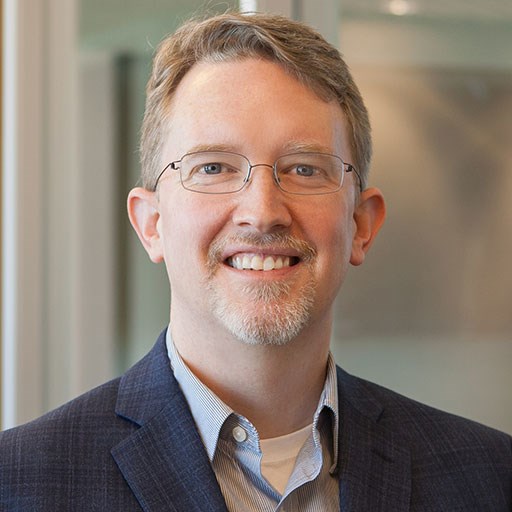
Cancer is a devastating disease. And at a time when the American Cancer Society reports that 1.6 million people in the United States are being diagnosed with cancer each year,1 oncology care has never been more complex. As advances in technology give rise to new innovative treatments, and the Centers for Medicare & Medicaid Services (CMS) and commercial payers explore ways to reduce the cost of care, oncology providers are seeing their roles change in dramatic ways.
In this interview, ECG’s Jessica Turgon talks about emerging trends in oncology care and what providers can expect to see going forward.
How would you describe the climate of oncology care in 2016?
Cancer care in America today is being defined by a growing and aging patient population, coupled with intensive, high-cost services. With the benefit of earlier detection, people are living longer with cancer, and they’re continuing to access care. And that care is becoming more complex, with options and alternatives based on the genetic code of an individual’s tumor. So CMS, commercial payers, and providers are all struggling to organize payment reform for a care delivery model that’s changing, while also trying to ensure that care is provided across the continuum in a high-quality and high-value way. The current reimbursement methodology, particularly in cancer, likely cannot sustain the growth in volume and the high cost of care that cancer patients are receiving today.
How are payers approaching payment reform?
Due to typical age of a cancer care patient, CMS is actually the largest payer for cancer services. CMS is exploring mechanisms to test ways to control costs and position for value. One example is the Oncology Care Model (OCM), in which 200 practices will receive episodic payment for their chemotherapy patients as well as a Monthly Enhanced Oncology Services (MEOS) payment per member to see if they can manage care to a lower cost target. Commercial payers are following suit, looking at alternative methodologies to pay oncologists for consistently following evidence-based guidelines.
One of CMS’s proposals is the Part B Drug Payment Model. Many oncologists have expressed their opposition to the plan, saying it does nothing to address the issues of unsustainably high costs of drugs. What are providers supposed to do about drug prices?
It will continue to be a very significant issue and continue to be on the forefront of both public policy and government reform in the near future. The solution will likely require more work from multiple stakeholders to solve. In the meantime, we’re advising clients to build relationships that help them navigate this environment at a local level. There needs to be coordination between hospitals, physicians, and payers in a way that puts the patient in the middle, and ensures that they get the most appropriate care at the right time and in the right setting for their disease type.
How is that changing the medical oncologist’s role in providing patient care?
Oncology providers are becoming the quarterback of their patients’ care. Cancer care is complex and often fragmented. A patient may need to access services from a hospital, specialty pharmacy, outside lab, or independent radiology center – while also seeing multiple specialists. Oncology providers have to collaborate and coordinate care among several specialties or sites to provide the best care to their patients, through the course of screening, diagnosis, treatment, survivorship, and palliative care. They’re also trying to balance an inundation of high volumes, complex care models, and changes in treatment and drug options.
As oncology providers adapt to working within a network of care, how are they working to facilitate communication among PCPs, specialists, and so forth?
Typically, cancer programs offer opportunities for providers to come together to discuss new patients and coordinate treatment planning. We find that more programs are even organizing clinic sessions to meet the multidisciplinary needs of their patients – having the specialists come to the patients in one location to make the process easier on the patient. Providers are also connecting patients to resources outside of the clinical environment, responding to their patients’ needs for more supportive care and healthier living assistance.
This is an environment that’s going to continue to evolve, and providers’ roles will continue to change. Looking ahead, what’s one thing that oncology providers can do to help them position for success, even amid some uncertainty?
Cancer providers should focus on building relationships with other providers in their community. As we’ve seen with OCM and other pilot projects, CMS and commercial payers are scrutinizing costly services and encouraging increased care coordination. This trend is likely to continue as the population ages.
And while the provider’s role will continue to evolve, the focus will remain on helping patients make the right treatment decisions – talking with patients about their cancer treatment journey and what it means from a clinical and financial perspective. Certain types of cancer can be treated in a community hospital in accordance with national standards for high-quality care; others require highly innovative specialty care. So part of the oncology provider’s role is helping patients understand their options. But the doctor has to have enough time, and the data has to be presented in the right way for patients to understand the decisions they’re making. Working collaboratively with a network of providers gives them a chance to do that.
Jessica Turgon is a Principal with ECG Management Consultants and the leader of the firm’s Oncology practice.

